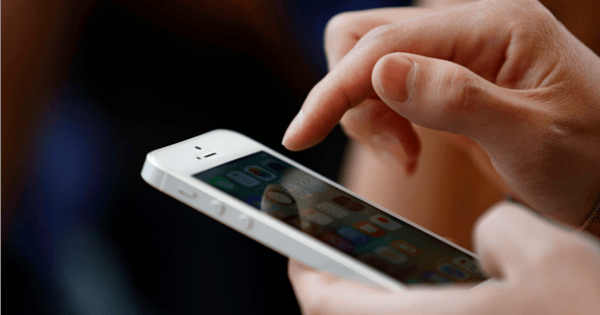
Technically, under current laws, I have sent child porn.
This is because I sent a nude selfie to my girlfriend when I was 17.
It was a poorly-lit bathroom shot and I only showed half my body and it was taken after a long day at university.
I was bored. It was fun and I didn’t think anything of it.
Little did I know, under Australian law, my selfie may have been considered child pornography.
I could have faced a maximum penalty of 15 years jail and be placed on the child sex offenders register.
Keep in mind the image I took was of myself, the recipient was my partner of two years and legally, I was above the age of consent.
So how is I could still be liable?
According to Lawstuff, Australian law defines child pornography as a picture of a young person who is:
- showing their private parts (genitals, anus or breasts);
- posing in a sexual way;
- doing a sexual act; or
- in the presence of someone who is doing a sexual act or pose.
Sexting is loosely defined as the act of taking a nude or partially nude image of yourself and sharing it with others online or through your mobile device.
Sexting can also encompass receiving, forwarding or posting those photos online.
Individuals in NSW can consent to sex and sexting when they turn 16 - however, in the case of sexting, NSW law isn't the only law that applies.
Because when you use the internet or a mobile phone, the national law also applies and under our national law, sexting is illegal for anyone under 18.
This of course was not explained to me at any point during my schooling.
My sexual education classes began and ended with putting a condom on a banana - which is not the best advice for a 17-year-old lesbian.


